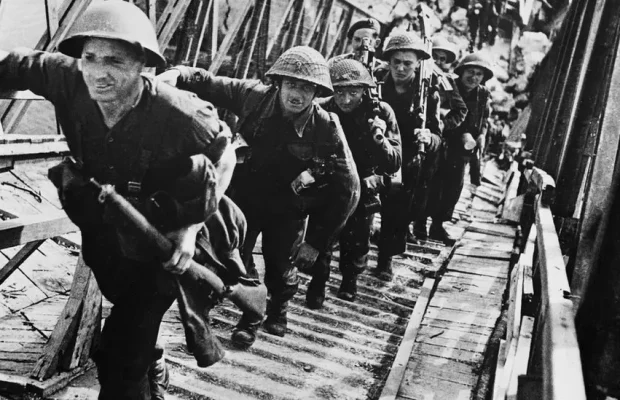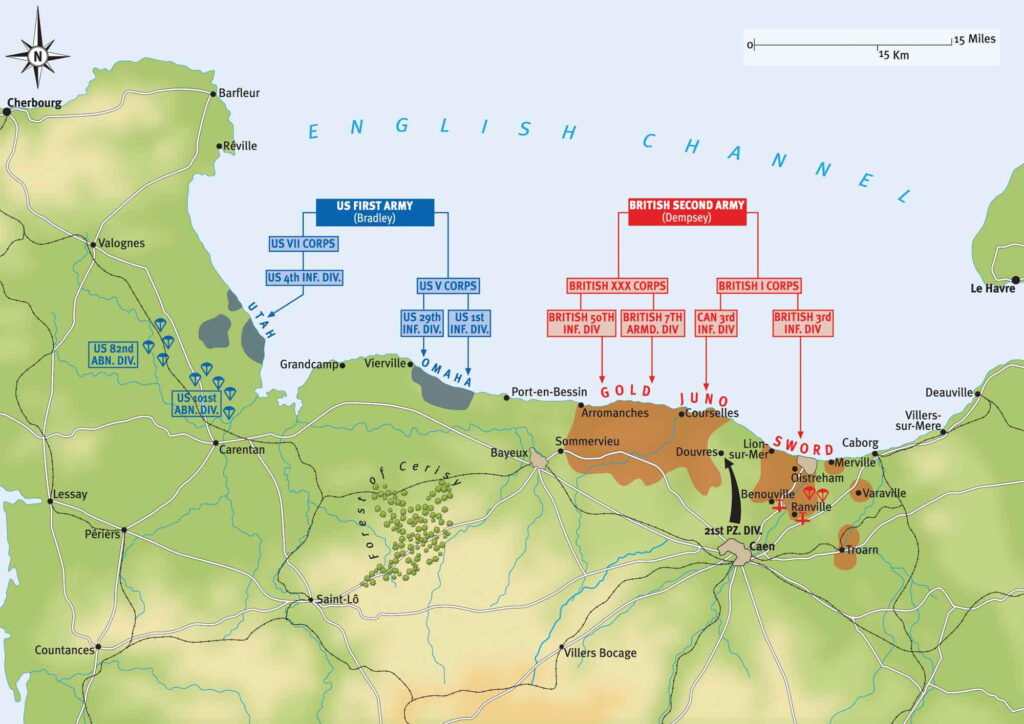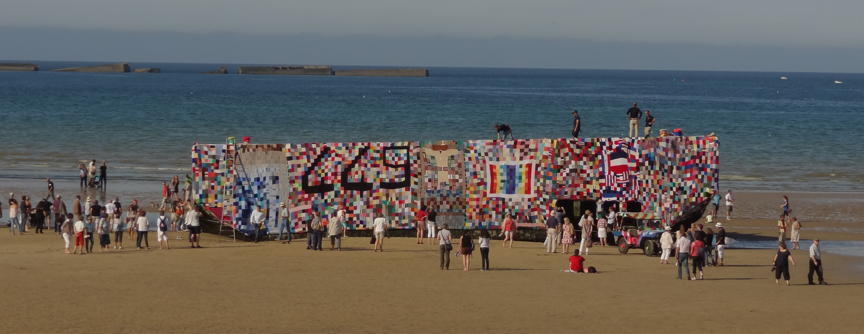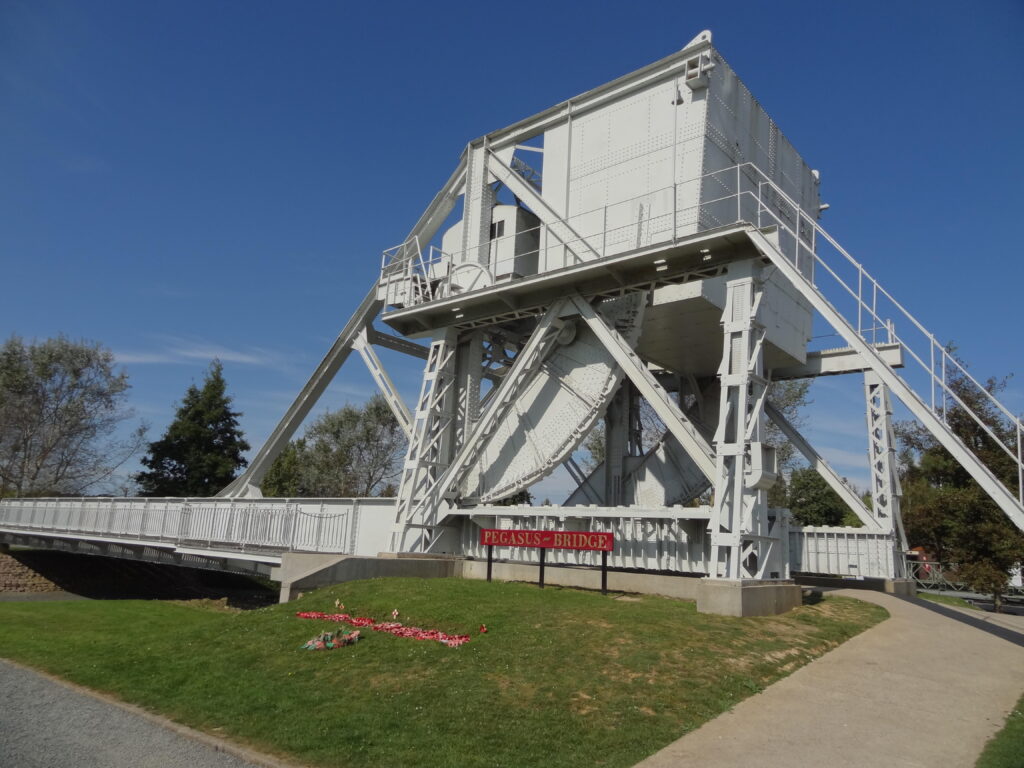- Home
- News
- What’s On
- Activities for Children
- Arts & Crafts
- Autos and Bikes
- Business events
- Car Boot & Auctions
- Charity events
- Churches & Religious
- Comedy
- Dance
- Days out & Local interest
- Education
- Exhibition
- Film
- Gardening & Horticulture
- Health
- Markets & Fairs
- Music
- Nature & Environment
- Spiritual
- Sport
- Talks and Discussions
- Theatre and Drama
- Business
- Local Information
- Jobs
- Deaths
- Charity events
- Contact Us
6 June 1944 – 6 June 2025

Friday, 6 June 2025 is the 81st anniversary of the D-Day landings.
D-Day is observed throughout the western world, in memory of the Normandy landings in France, on June 6, 1944, in which allied forces fought to end World War II in Europe.


The Mulberry harbours were two temporary portable harbours developed by the British Admiralty and War Office during the Second World War to facilitate the rapid offloading of cargo onto beaches during the Allied invasion of Normandy in June 1944. They were designed in 1942 then built in under a year in great secrecy; within hours of the Allies creating beachheads after D-Day, sections of the two prefabricated harbours were towed across the English Channel from southern England and placed in position off Omaha Beach and Gold Beach, along with old ships to be sunk as breakwaters.

On 6 June 1944, Pegasus bridge was, along with the nearby Ranville Bridge over the Orne River, the objective of members of D Company, 2nd (Airborne) Battalion, Oxfordshire and Buckingham Light Infantry, a glider-borne force who were part of the 6th Airlanding Brigade of the 6th Airborne Division in the opening minutes of the Allied invasion of Normandy. Under the command of Major John Howard, D Company was to land close by the bridges in six Horsa gliders and take both intact and hold them until relieved by the main British invasion forces.


You must be logged in to post a comment Login